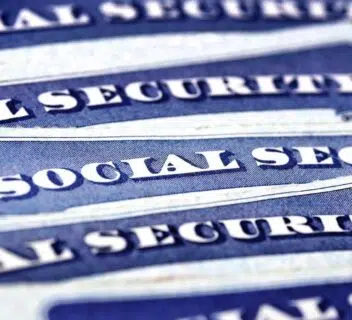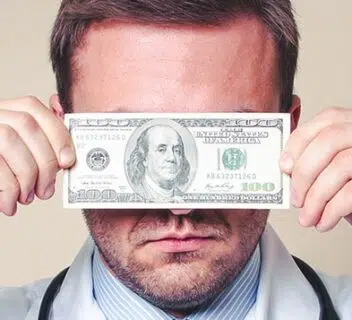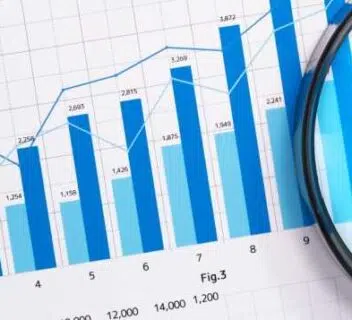Understanding Your Slip and Fall Injury Case: Key Steps and Tips
Wondering what to do after a slip and fall injury? This article covers the essential steps to take, how to prove liability, and what compensation you may receive. Learn what constitutes a slip and fall injury case, from gathering evidence to establishing negligence and securing fair compensation.
Key Takeaways
- Slip and fall cases are categorized under premises liability and require proof of property owner or proper operator negligence for a successful claim.
- Common causes of slip and fall accidents include unsafe floors, poor lighting, and tripping hazards, emphasizing the need for property maintenance.
- Victims can seek both economic damages for tangible losses, such as medical expenses, and non-economic damages for pain and suffering, highlighting the importance of legal representation.
What Constitutes a Slip and Fall Injury Case?
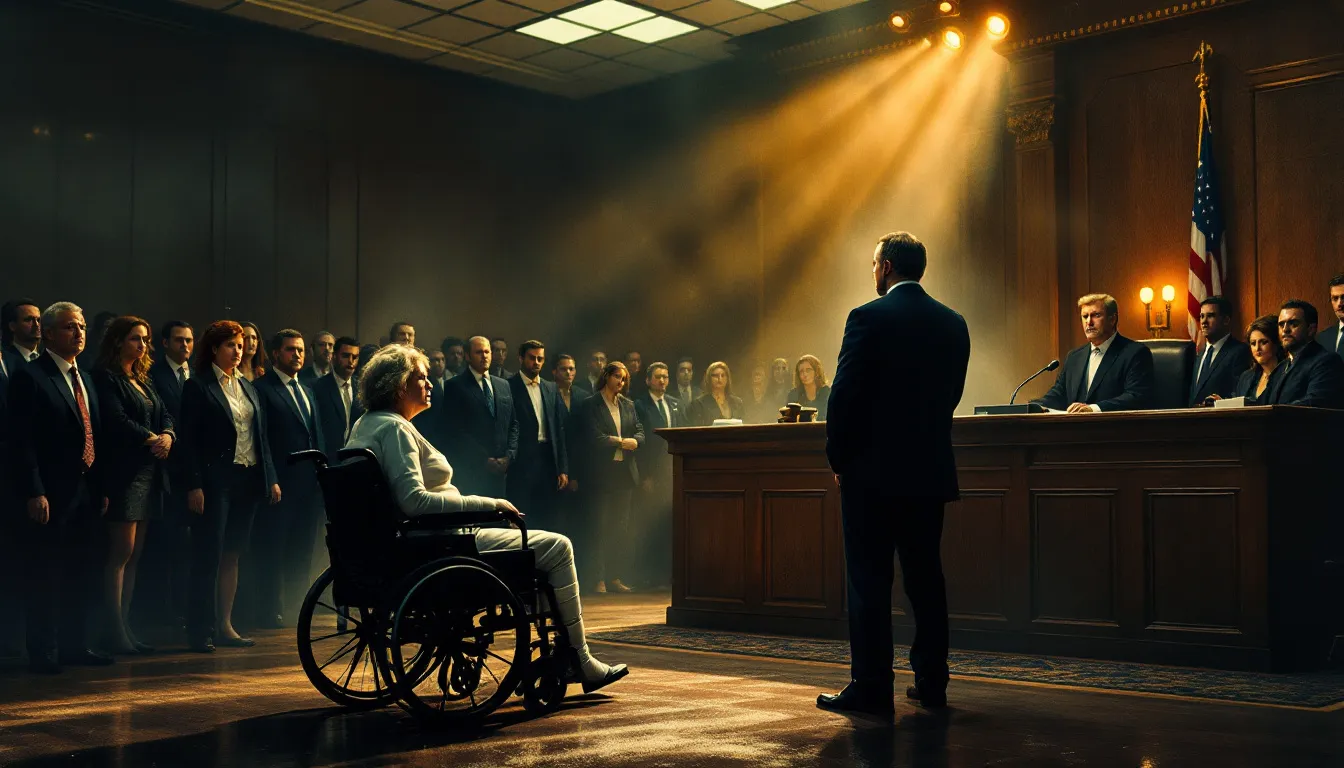
Slip and fall incidents are a subset of premises liability, which deals with personal injury claims due to dangerous conditions on another person’s property. It is the legal duty of property owners to keep their environment safe in order to avoid accidents like slips and falls. When a slip and fall case arises, it often involves an individual who has fallen because of perilous circumstances such as insufficient lighting, wet floors or irregular surfaces. For the injured party to bring forward a slip and fall claim successfully, they must prove that their injuries were caused by negligence on the part of the proprietor where the mishap took place.
The cornerstone for establishing fault in any slip and fall lawsuit is demonstrating that either directly or indirectly through omission, the proprietors were aware, or ought reasonably to have been aware, of said risky condition but did not take appropriate action. Such disregard could be exemplified by ignoring necessary repairs like mending a defective step, overlooking spillage cleanup duties, or not installing adequate illumination where needed.
It’s vital for anyone seeking justice in a slip-and-fall case that they understand these critical aspects so they can mount an effective legal challenge aimed at securing equitable reparation for any injuries sustained due to a fall incident stemming from someone else’s oversight.
Common Causes of Slip and Fall Accidents
Slip and fall accidents often arise from a variety of hazardous conditions, typically due to property owners’ oversight. Among the main causes contributing to such incidents are:
- Unsafe floor conditions, such as wet floors or loose carpeting
- Spillage of food or liquid substances on the ground
- Inadequate lighting that obscures potential dangers
By recognizing these elements, individuals may take measures to sidestep slip and fall occurrences.
Tripping hazards like open wires and irregular sidewalks are frequent triggers in slip and fall cases. Such situations prevail across both public spaces, like supermarkets and eateries, as well as private settings, including office complexes and homes. Missing railings or defective steps on stairways also cause people to stumble and incur injuries. Regular inspections alongside proper maintenance by property owners are crucial for lessening these risks.
The scope of slip-and-fall accidents extends beyond evident perils. The lack of appropriate warning signs, coupled with obstacles strewn along pathways, also plays a role in engendering mishaps related to slipping or tripping over an object unexpectedly. A disregarded spill lacking a “caution: wet floor” placard might cause significant harm. Hence, it’s vital for proprietors’ alertness towards maintaining their grounds attentively so they can avoid preventable misfortunes effectively.
Types of Injuries in Slip and Fall Cases
Accidents involving slips and falls can cause a variety of injuries, such as:
- Light bruising
- Serious bone breaks
- Cranial trauma
- Muscle or ligament damage, like strains and sprains, from slipping and falling.
These kinds of injuries may result in considerable discomfort and reduced movement, typically necessitating medical care along with physical therapy for rehabilitation.
Graver fall-related wounds might include knee damage, shoulder dislocations, or spinal harm. Spinal issues, particularly, can invoke ongoing pain, neurological impairment, or paralysis. Even if the head is not visibly struck during the slip-and-fall incident, traumatic brain injuries are an alarming possibility that could cause enduring disabilities due to severe injuries sustained.
The aftereffects of slip-and-fall incidents on health over time can be significant. This affects both the personal well-being and lifestyle quality for those affected by these accidents who must obtain appropriate medical services, followed by legal counsel pertinent to their injury claims. Such legal assistance proves crucial in obtaining compensation required to manage healthcare costs, among other financial impacts stemming from their claim associated with personal injury cases.
Proving Liability in a Slip and Fall Case
In a slip and fall case, the crux of proving liability typically rests on establishing whether the property owner knew or should have known about any dangerous conditions present. These types of lawsuits focus heavily on showing that the proprietor was negligent by demonstrating they had an obligation to keep their premises safe but failed to do so, leading directly to both the fall and subsequent injury.
Navigating through these legal proceedings can be complicated, as claimants must gather adequate evidence that counters arguments related to shared fault. An important element in such cases is ‘notice,’ which entails validating either direct or indirect awareness by the property owner regarding unsafe circumstances.
Complications may stem from assertions made by defense attorneys indicating partial blame lies with those injured, known as comparative negligence claims. In response, employing professional witnesses along with strategic guidance for juries around understanding legal principles concerning negligence, attestation from observers, and recognition of hazards becomes crucial when striving to establish carelessness on behalf of proprietors in slip and fall incidents.
Establishing Property Owner’s (or Property Operator’s) Negligence
If a property owner/operator neglects to rectify known hazards that could inflict injuries, they may be deemed negligent. Demonstrating that the owner should have recognized the risk requires evidence of hazardous conditions on their premises. A critical aspect in proving negligence is showing that the dangerous condition was present for an extended time before the slip and fall accident occurred, suggesting that, since there was sufficient opportunity for resolution, liability rests with the property owner.
In order to succeed in a claim stemming from a slip and fall incident, it’s incumbent upon a plaintiff to prove several points: firstly, that a perilous condition indeed existed. Secondly, either actual or constructive knowledge of said danger by the property owner. Thirdly, failure on the part of this proprietor to amend such hazard. Lastly, an injury resulted directly from this oversight. The rapidity, or lack thereof, regarding how quickly an issue is addressed after discovery can significantly impact whether or not accountability will be imposed upon them.
It falls within both commercial proprietors’ and other landholders’ responsibilities to frequently examine their estate so as to uncover any potential safety threats. Upholding safety standards expected within respective industries also remains pivotal amongst these duties.
The Role of Evidence in Proving Liability
It is essential to swiftly gather evidence, including witness statements and photos, for a robust slip and fall case. A fall attorney can assist by collecting crucial proof such as surveillance camera recordings, testimony from witnesses, upkeep logs, and imagery. Such video footage often acts as persuasive support for allegations in a fall claim.
The process of gathering evidence should be initiated immediately following the incident to bolster your case effectively. Securing evidence early typically leads to more favorable results. The role of the attorney is critical in ensuring that all relevant evidence is acquired and safeguarded efficiently so that you have strong grounds against those accountable. This meticulous effort aims at establishing fault on the part of the property owner while striving for just restitution due to injuries sustained during the slip and fall event.
Steps to Take After a Slip and Fall Accident
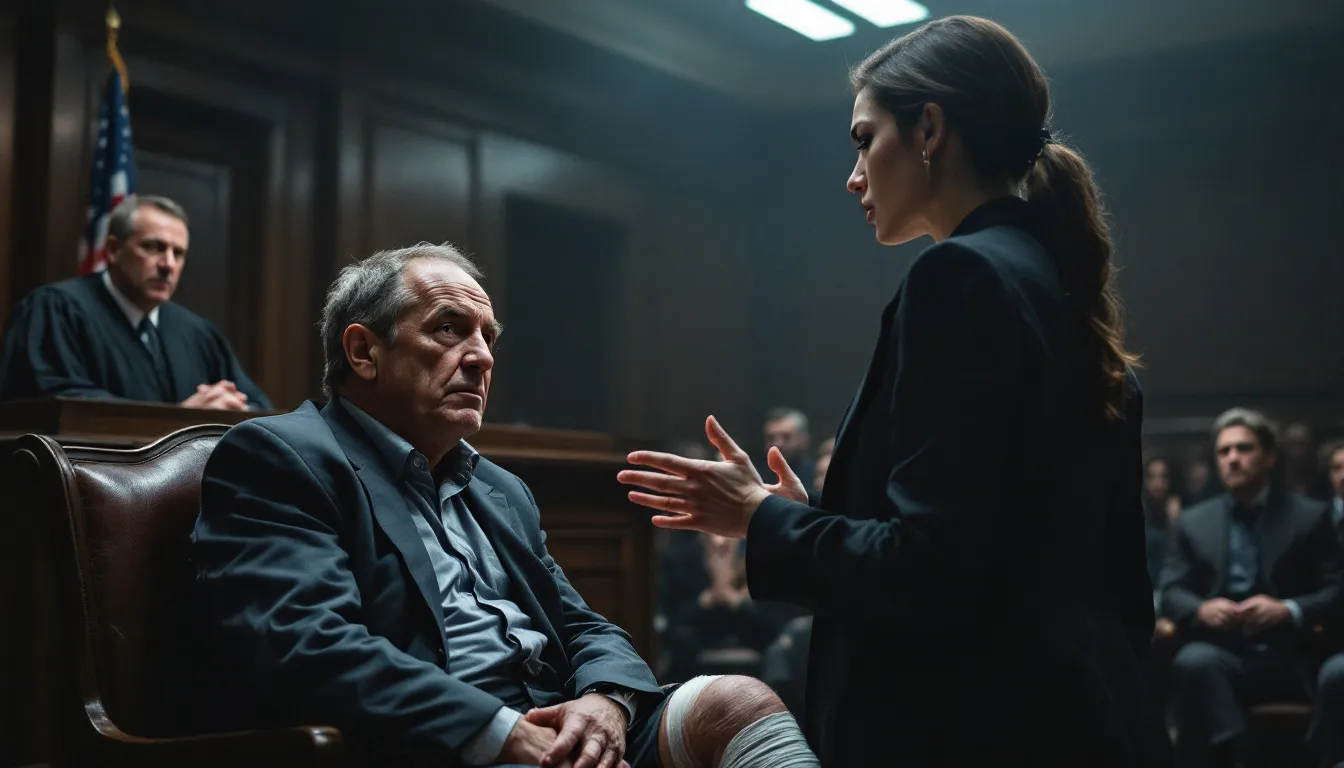
Upon experiencing a slip and fall accident, it is imperative to obtain medical attention without delay. Swiftly undergoing an assessment by healthcare professionals serves the dual purpose of addressing your well-being and creating essential records of any injuries incurred, which can become crucial evidence in pursuing a slip and fall claim.
Subsequently:
- Pursue immediate medical care after enduring a slip and fall.
- Undergo prompt health evaluations both for personal welfare and injury record-keeping.
- Capture photographic proof of any dangerous conditions present at the scene.
- Procure the contact details from witnesses, as their accounts may prove valuable later on.
In situations where you are unable to document the hazard yourself due to incapacitation, have someone else photograph it on your behalf. This will be instrumental when establishing fault in order to substantiate your claim effectively. Legal counsel specializes in securing pertinent information such as photographs or witness testimonies following a fall incident – they play an integral role throughout the legal proceedings, ensuring that every strategic action fortifies your case.
Taking these advised steps with alacrity enhances the prospects for success regarding your fall lawsuit significantly—meticulous documentation coupled with astute legal advocacy underpin achieving just restitution for traumas endured owing to negligent conditions encountered during said mishap.
Understanding Damages in Slip and Fall Claims
Victims of slip and fall accidents can seek compensation for a variety of damages, both economic and non-economic. Economic damages refer to tangible losses like medical expenses, lost wages, and rehabilitation costs. Non-economic damages provide compensation for emotional distress and pain, and suffering. They also address the loss of enjoyment of life. Understanding the types of damages you can claim is crucial for securing fair compensation.
Settlement amounts in slip and fall lawsuits can be sizable, sometimes reaching millions of dollars. The compensation is calculated based on the property owner’s liability and the extent of the victim’s injuries. Knowing the potential damages and how they are assessed can help victims and their attorneys build a stronger case and negotiate better fall settlement amounts, ultimately aiming for a fair settlement.
Economic Damages
Compensation for concrete losses, such as medical bills and lost income, is covered under economic damages. These may include the cost of healthcare, foregone wages, loss of earning capacity, and expenses linked to rehabilitation. In the aftermath of a slip and fall incident, medical invoices serve as critical documentation to illustrate the severity of injuries incurred. The role of a legal advisor is pivotal in making sure that every aspect contributing to potential economic losses is thoroughly examined during your insurance claim process.
In cases where you sustain injuries, an attorney can assist you in pursuing restitution for various financial setbacks, including health-related costs and earnings missed due to incapacitation. It’s imperative that all forms of economic damages are meticulously calculated in order to secure adequate monetary aid necessary for addressing medical care needs and recuperating from sustained harm resulting from accidents or mishaps.
Non-Economic Damages
Individuals who endure slip and fall accidents may pursue reparation for non-economic harm, which encompasses physical injuries, psychological torture, and suffering. The gravity of the injury, along with its repercussions on an individual’s lifestyle, are pivotal considerations in determining the precise remuneration awarded in a slip and fall case. Pain and suffering, emotional distress, as well as diminished life enjoyment, represent some instances of non-economic damages seen in these cases.
The onslaught of emotional turmoil and agony can profoundly impact a sufferer’s existence by undermining their general welfare and quality of living. Enlisting competent legal counsel is instrumental in guaranteeing that such non-economic losses are comprehensively considered within the compensation claim to obtain just restitution for those affected.
Challenges Faced by First-Time Plaintiffs
Individuals encountering slip and fall lawsuits for the first time can encounter various obstacles as they attempt to navigate the legal process. The act of instigating a lawsuit has been known to exacerbate stress and anxiety levels in plaintiffs, making it essential for them to contemplate the potential emotional and mental repercussions before initiating legal proceedings. The success of such cases often hinges on case-specific details, notably whether a hazard was sufficiently apparent—if deemed evident by the plaintiff, their claim for damages may be invalidated.
For those considering litigation, comprehending its complexities while elucidating personal predicaments is vital. Accessing expert legal advice can significantly assist plaintiffs in confronting these challenges with effectiveness while safeguarding their rights throughout any ensuing legal action they decide upon.
Why You Need an Experienced Personal Injury Lawyer
Securing the expertise of a seasoned attorney is essential when pursuing damages in a slip and fall case. You have only one opportunity to argue your case, making it imperative to seek counsel from an experienced personal injury lawyer. Such an attorney can evaluate your claim, recommend the most effective strategy, and steer you through the complexities of the legal process while striving for fair compensation by adeptly dealing with insurance companies.
It’s critical to reach out promptly to a dedicated fall attorney who will be instrumental in navigating legal intricacies and adhering to crucial deadlines. A law firm committed to representing you will fight for your interests and work toward equitable settlements during discussions with insurance providers.
For personalized advice on prosecuting a slip and fall case, consider reaching out to 1-800-THE-LAW2 for a complimentary consultation with a proficient personal injury attorney.
Summary
Understanding your slip and fall injury case involves recognizing the common causes, types of injuries, and the steps necessary to prove liability and secure fair compensation. The challenges faced by first-time plaintiffs highlight the importance of seeking experienced legal representation. Consulting a knowledgeable personal injury lawyer can make a significant difference in navigating the complexities of your case and ensuring that your rights are protected. If you or a loved one has been injured in a slip and fall accident, don’t hesitate to seek the legal assistance you need to achieve a fair and just outcome.
Frequently Asked Questions
Immediately after a slip and fall accident, seek medical attention to document your injuries.
Subsequently, document the scene by taking photos and collecting witness information, and consider consulting an attorney for legal guidance.
In a slip and fall case, establishing the property owner’s negligence requires evidence that not only was there a hazardous condition on their premises, but also that they knew or ought to have known about it, neglected to rectify it, and this neglect directly led to your injuries.
Gathering supporting documentation is crucial for substantiating your claim. This includes taking photos of the scene, obtaining statements from witnesses, and securing maintenance records.
In a slip and fall lawsuit, you can claim both economic damages, such as medical expenses and lost wages, and non-economic damages, including pain and suffering and loss of enjoyment of life.
This comprehensive approach ensures that all your losses are addressed.
As a first-time plaintiff in a slip and fall case, you may encounter difficulties with stress and anxiety, as well as the complexity of the legal process.
Additionally, if the hazard was deemed obvious, your ability to recover damages could be significantly hindered.
Securing the services of an experienced personal injury lawyer is essential when dealing with a slip and fall case, as they possess the expertise to adeptly steer through the legal process. They will collect vital evidence and engage in negotiations with insurance companies to guarantee that you are justly compensated.
The proficiency of such a lawyer offers invaluable assistance and advice during your entire fall case journey.


